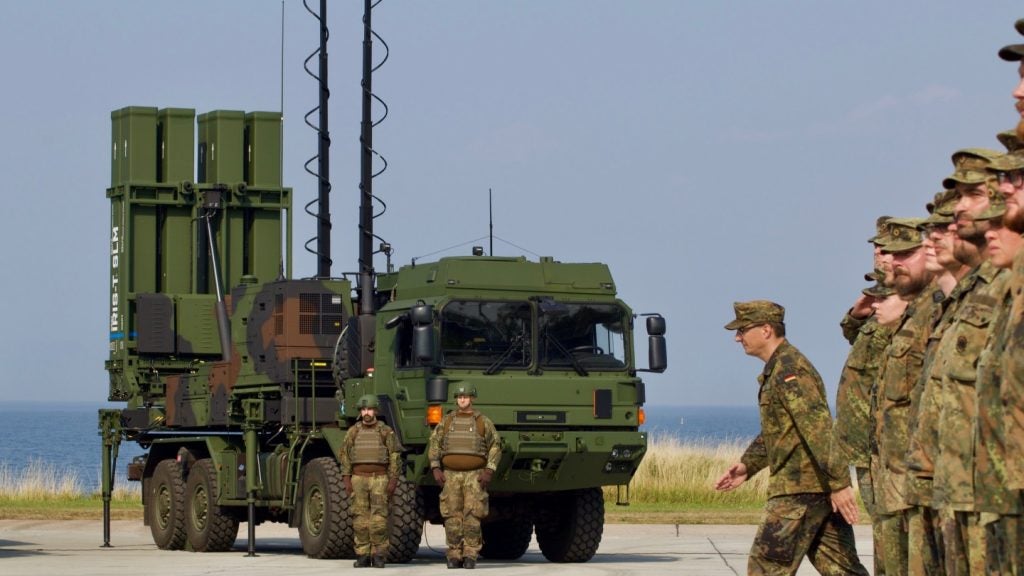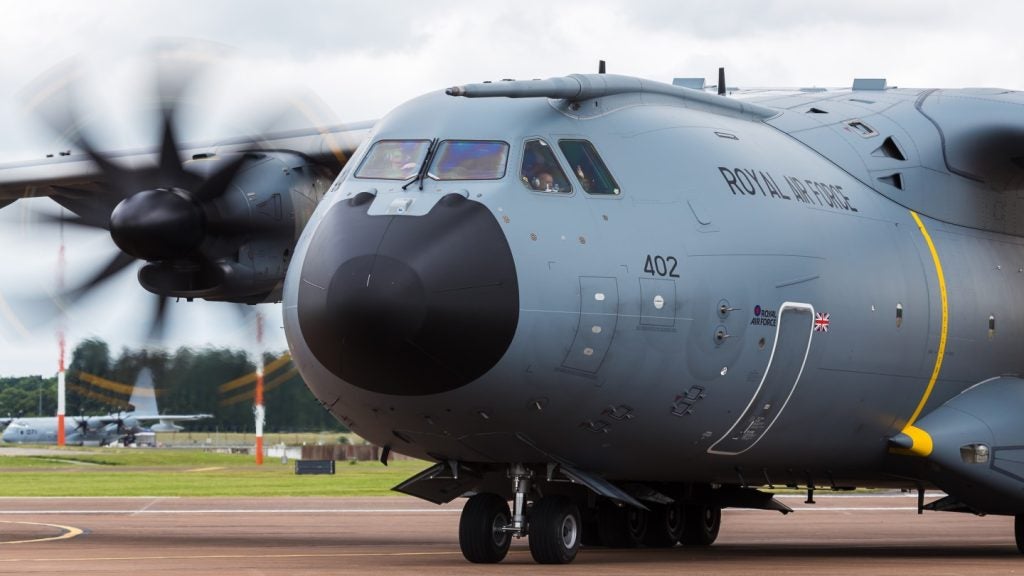An advanced composite cargo aircraft (AACA) developed by the US Air Force research laboratory supported by Lockheed recently completed its first demonstration flight.
The flight test involved taking the cargo craft to an altitude of about 10,000ft and observing its performance in a series of tests at varying speeds, attitudes and altitudes. This data will be used as a baseline in future tests.
The ACCA has evolved from Dornier328J aircraft by replacing the fuselage aft of the crew station and the vertical tail with new structural designs made of advanced composite materials.
The cargo carrier can accommodate two military standard 463L pallets in its wider and stronger fuselage and comes with a cargo door and cargo ramp.
Despite its larger size, the materials and processes have lessened the number of parts and metallic fasteners in the craft as against its original metallic design.
The composite structure will address corrosion and aging issues associated with all-metal aircraft hence reducing airframe lifetime maintenance.
How well do you really know your competitors?
Access the most comprehensive Company Profiles on the market, powered by GlobalData. Save hours of research. Gain competitive edge.

Thank you!
Your download email will arrive shortly
Not ready to buy yet? Download a free sample
We are confident about the unique quality of our Company Profiles. However, we want you to make the most beneficial decision for your business, so we offer a free sample that you can download by submitting the below form
By GlobalDataAlso, the lighter weight of composite materials may increase cargo capacity and aircraft performance, and lower operating costs.
The flight test completes the phase II of the air force research laboratory ACCA programme. Future tests will aim to establish the flight envelope of the ACCA to baseline its flight performance and validate predicted structural performance.







